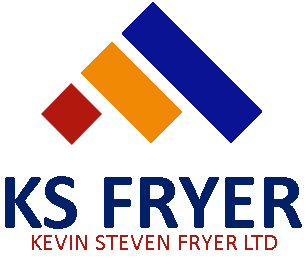Energy and Utilities
Procurement for the energy and utilities sector involves specific considerations to ensure efficiency, compliance, and sustainability. Here’s a comprehensive guide to establishing an effective procurement setup:
- Needs Assessment
- Identify Requirements: Collaborate with operational departments to determine specific needs for equipment, materials, and services (e.g., infrastructure, maintenance, renewable energy technologies).
- Regulatory Compliance: Understand industry regulations and standards that impact procurement decisions.
- Market Research
- Supplier Landscape: Analyse the market to identify potential suppliers and assess their capabilities, reliability, and compliance with industry standards.
- Benchmarking: Compare pricing and services against industry benchmarks to ensure competitive procurement.
- Budget Management
- Create a Procurement Budget: Develop a comprehensive budget that accounts for all costs, including materials, services, and maintenance.
- Cost Monitoring: Regularly track expenses to stay within budget and identify areas for cost savings.
- Supplier Selection
- Request for Proposals (RFPs): Issue RFPs to solicit bids from potential suppliers and evaluate their proposals based on predefined criteria.
- Due Diligence: Conduct thorough background checks on suppliers, focusing on their financial stability, experience, and compliance history.
- Contract Management
- Negotiation: Negotiate terms that include pricing, delivery schedules, service level agreements (SLAs), and warranty provisions.
- Legal Compliance: Ensure all contracts comply with relevant laws and regulations governing the energy and utilities sector.
- Quality Assurance
- Quality Standards: Establish criteria for evaluating the quality of procured goods and services, particularly for safety and environmental standards.
- Regular Inspections: Implement a system for regular audits and inspections to ensure supplier compliance with quality requirements.
- Risk Management
- Risk Identification: Assess potential risks in the supply chain, including supplier reliability, geopolitical issues, and environmental factors.
- Mitigation Strategies: Develop contingency plans to address potential disruptions, such as supply shortages or price volatility.
- Sustainability Considerations
- Green Procurement: Prioritize suppliers who offer sustainable products and practices, such as renewable energy solutions and eco-friendly materials.
- Energy Efficiency: Implement procurement strategies that focus on energy-efficient technologies and practices.
- Technology Utilization
- Procurement Software: Implement procurement management systems to streamline processes, track orders, and manage supplier relationships.
- Data Analytics: Utilize data analytics to inform decision-making and optimize procurement strategies.
- Performance Monitoring
- Key Performance Indicators (KPIs): Establish KPIs to measure procurement effectiveness, including cost savings, supplier performance, and compliance rates.
- Regular Reviews: Conduct periodic assessments of supplier performance and the overall procurement process to identify areas for improvement.
- Training and Support
- Staff Training: Provide training for procurement staff on industry standards, negotiation techniques, and procurement systems.
- Supplier Collaboration: Encourage open communication and collaboration with suppliers to enhance service delivery and problem-solving.
- Continuous Improvement
- Feedback Mechanisms: Gather input from internal stakeholders and suppliers to refine procurement practices and enhance service quality.
- Stay Informed: Keep up with emerging trends and technologies in the energy and utilities sector to continuously improve procurement strategies.






